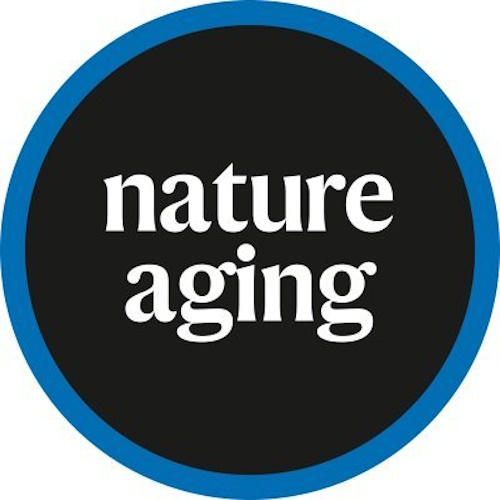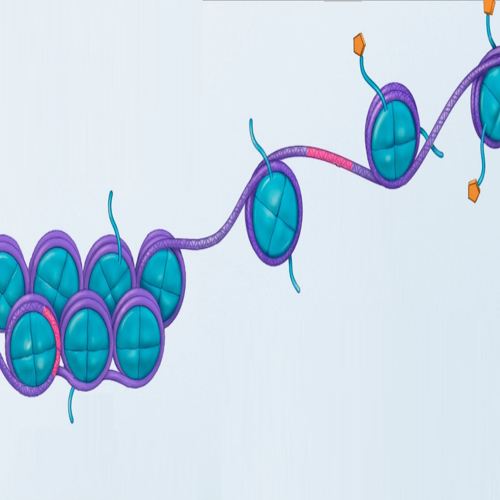08-Jun-2022
A recently published study in Nature Aging revealed that epigenetic age is associated with certain ageing hallmarks, including nutrient sensing, mitochondrial activity, and stem cell composition (1).
You may have seen some young people look older than their age, while some older adults appear much younger. At the biological level, ageing occurs due to a wide variety of processes that change the pace of ageing in the human body. In brief, genes in each cell have a substantial impact on good health, with epigenetic markers controlling the pattern of gene expression. Any lifestyle or environmental factor affecting epigenetics can indirectly cause genomic damage (DNA methylation) and increase the ageing of cells. Therefore, your true age cannot be defined based only on your birth date.
Nowadays, age can be measured based on cell biology instead of the passing of time. Epigenetic clocks measure biological age based on methylation changes in the genome. Using these clocks, researchers aim to improve the understanding of underpinning ageing mechanisms and consequentially slow down ageing.
The current study group, led by Ken Raj and Steve Hovarth from Altos Labs, evaluated whether hallmarks of ageing contribute to epigenetic age in human cells. This study used the Skin&blood clock, which accurately and reliably estimates the age of cells and tissues compared with other epigenetic clocks. Hovarth, Hannum, and PhenoAge clocks are used only for comparison. The ageing hallmarks evaluated in this study were as follows.
1. Cellular senescence
Samples of human dermal fibroblasts were gathered from 14 healthy neonatal donors to test the association between cellular senescence and epigenetic age. Cells were divided and made senescent through radiation, oncogene overexpression, and replicative senescence. Epigenetic age was increased in cells that underwent replicative senescence compared with other senescent cells and controls. However, researchers identified that this increase in epigenetic age was due to longer culture time (six months) rather than the state of senescence.
2. Telomere attrition
Telomere attrition, aka shortening of telomeres, plays a vital role in senescence and the pace of ageing. To correlate its association with epigenetic age, researchers used neonatal fibroblasts and adult endothelial cells. Cells were exposed to telomerase enzyme (which prevents the shortening of telomeres) to replicate without reaching senescence.
These cells along with controls cells (replicative senescent cells) had increased epigenetic age over time, but cells without telomere shortening aged until the end of the experiment. This finding ruled out telomere attrition for association with epigenetic age.
3. Genomic instability
Another ageing hallmark, genomic instability, was tested by exposing human and mouse cells to radiation at multiple doses in different ways (acute and continuous). None of the samples significantly affected epigenetic ageing.
4. Nutrient sensing
Calorie restriction increased lifespan and decreased the aging rate in many animal species. In this study, human umbilical vein endothelial cells were given rapamycin, which was proven to block the mTOR pathway and extend lifespan in mice. The altered nutrient-sensing pathway stopped the epigenetic ageing even at late time points. This confirms the connection between nutrient sensing and epigenetic age.
5. Mitochondrial dysfunction
Mitochondria play a prominent role in ageing. To identify its association with epigenetic ageing, researchers exposed human dermal cells to two chemicals that modify mitochondrial function. Cells exposed to carbonyl cyanide m-chlorophenylhydrazone (CCCP), which reduces mitochondrial activity, had accelerated epigenetic ageing. Whereas, cells with bezafibrate, which increases mitochondrial biogenesis, slowed down the rate of epigenetic ageing. The researchers confirmed the positive association between mitochondrial activity and epigenetic age.
6. Stem cell exhaustion
The impact of stem cells on epigenetic age is evident. Stem cells enriched on neonatal skin showed younger age than stem cell-depleted tissue, confirming the correlation between stem cells and epigenetic ageing. The contribution of methylation profiles of each cell is the combined measure of the epigenetic age of a tissue.
This study also supported the connection between epigenetic ageing and cell-cell communication in mice based on previous findings (2).
CONCLUSION
Researchers concluded that some hallmarks that affected epigenetic ageing, also affect lifespan. But, other mechanisms that affected lifespan may not affect ageing. A perfect strategy to address ageing would be the one that simultaneously targets different ageing mechanisms at once, such as removing senescent cells and reducing epigenetic ageing.
References
1. Kabacik S et al; "The Relationship Between Epigenetic Age and the Hallmarks of Ageing in Human Cells." Nature Aging; 2022; DOI: 10.1038/s43587-022-00220-0
2. Holgersen EM et al; "Transcriptome-Wide Off-Target Effects of Steric-Blocking Oligonucleotides." Nucleic Acid Therapeutics; V.31; No.6; 12/2021; p 392-403; DOI: 10.1089/nat.2020.0921







